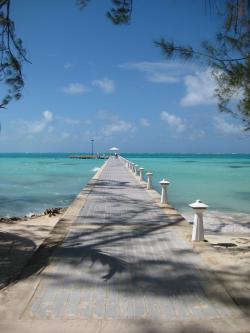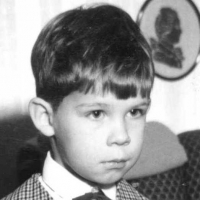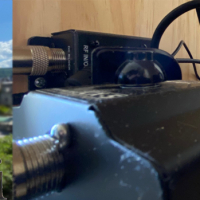jks
About
- Username
- jks
- Joined
- Visits
- 36,720
- Last Active
- Roles
- Member, Administrator, Moderator
- Points
- 670
Reactions
-
SNR Measurements allow for user variable time input [fixed in v1.813]
In the next release I'll add a "custom" entry in the
SNR measurement intervalmenu with a corresponding time field where you can enter the number of minutes you want.I think I can also add a checkbox that asks for each ham band to get a separate measurement in addition to the 0-30 and 1.8-30 MHz measurements.
-
Alpha (RSDN-20) navigation: Krasnodar, Novosibirsk, Khabarovsk active
-
Tech Minds YouTube review questions #1
Questions from the Tech Minds YouTube review:
It only goes up to 30MHz?
Yes, it was designed as "shortwave" receiver covering 10 kHz (VLF) to 30 MHz (32 MHz with reduced specs). It is possible to use a downconverter ahead of the Kiwi to cover VHF/UHF and a number of public Kiwi owners have done just that. See here: non-HF Kiwis
I’ve connected my kiwi sdr but it does not show only says “No KiwiSDR(s) found for your public IP address”. Does anyone has the same problem? How to solve this?
The my.kiwisdr.com page will only show information about your Kiwi if the network your Kiwi is attached to has a connection to the Internet at the time it starts up. Also, that network must have a DHCP server to assign a local IP address to the Kiwi. Try restarting the Kiwi. Our documentation describes other methods for determining the local IP address including decoding the pattern blinked out by the 4 blue LEDs.
Why does it not have wifi, so we can cut down on the cord clutter and make better placement choices?
The BeagleBone Green we used back in 2016 did not include WiFi. There is something called the BeagleBone Green Wireless, but it is not physically compatible with the Kiwi board. Instead, we recommend using a TP-Link TL-WR802N WiFi nano router which can plug directly into the Kiwi's Ethernet connector and your WiFi network. It requires minimal configuration and none on the Kiwi side if you use DHCP to assign the Kiwi its local IP address. Future products will definitely include WiFi.
-
v1.806
From the CHANGE_LOG file:
v1.806 March 12, 2025
Let DRM extension kick preemptable channels so it can run. (thanks VK6KCH)
SSTV extension: Fixed Robot B/W modes and added R36-BW. (thanks N1NKM)
Fixed "continuous update from GPS" of admin webpage grid/location fields. (thanks JQ6LIA)
TDoA extension: Flag sampling hosts as having low GPS resolution (but not doing this just yet).
Fixed more cases of failing to restart proxy client when proxy configuration changed.
-
v1.707
-
Forum rules and etiquette
-
This is why we can't have nice things
v1.689 (and later) has countermeasures against the "botnet".
v1.690 (and later) is necessary for your Kiwi to resume using the proxy service.
These updates will happen automatically overnight (local time) unless you've disabled automatic updates. You can manually update by going to the admin page "update" tab and clicking "build now" and waiting 30 minutes or so for the build to complete. Your Kiwi will restart when the build is complete.
-
This is why we can't have nice things
Don't start multiple threads about the botnet topic. They will be deleted.
The proxy service has been disabled because the money (for which I am not compensated) is now flying out of my back pocket:
I will try and develop a fix in the code to better identify and remove these connections.
Update: The proxy service has been re-enabled if you're running v1.690 or later.
-
v1.456,458,459
-
v1.820
From the CHANGE_LOG file:
v1.820 August 18, 2025
TDoA extension: (thanks UDXF forum)
Fixed problem with sampling hosts not consistently appearing on result maps.
Added new checkbox: Show "TDoA map with hosts". This causes the "... with hosts" result map
to always be shown at the end of a run rather than the default "... no hosts".
Connections to URLs of the form "kiwisdr.local:8073" work again. (thanks nitroengine)

















